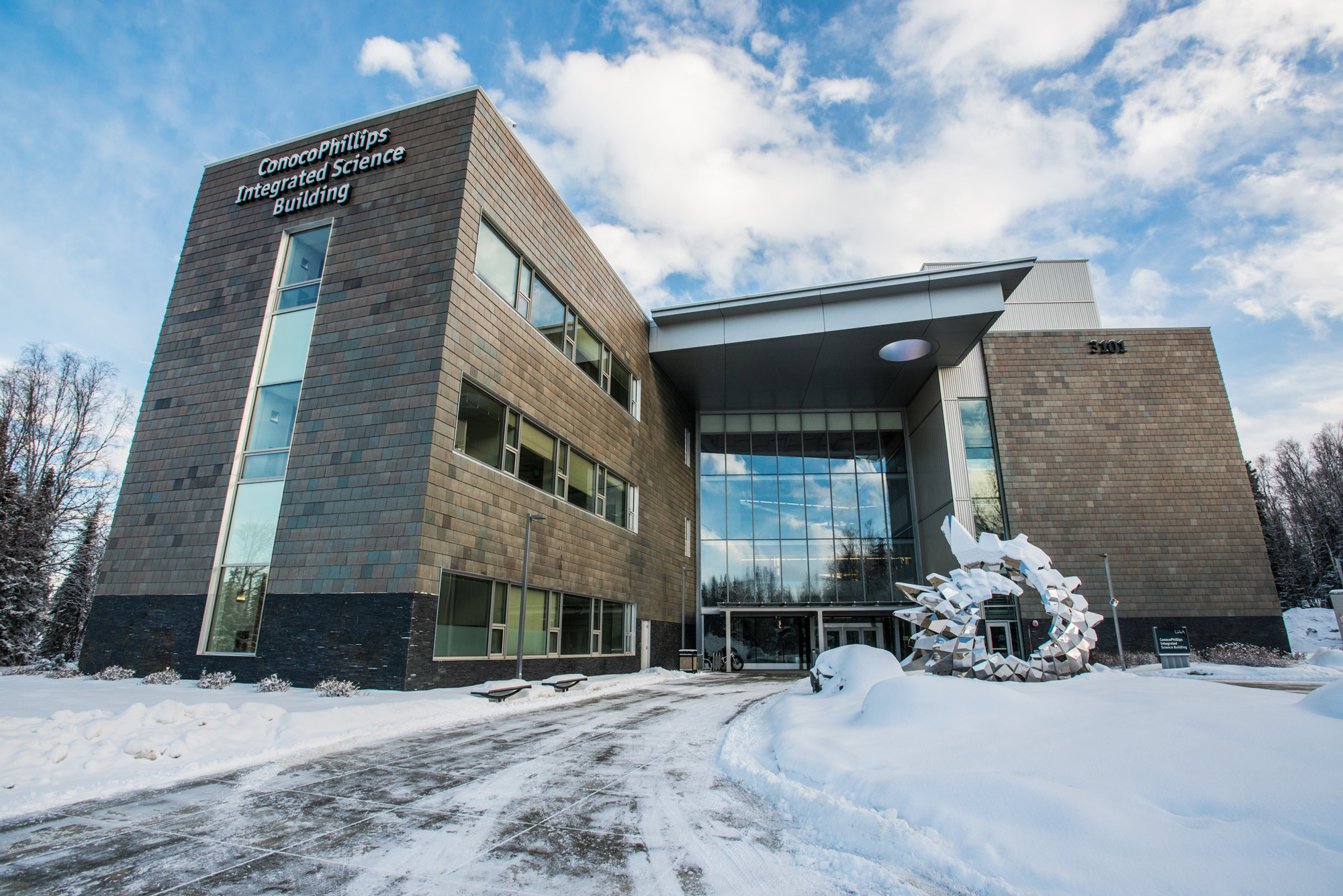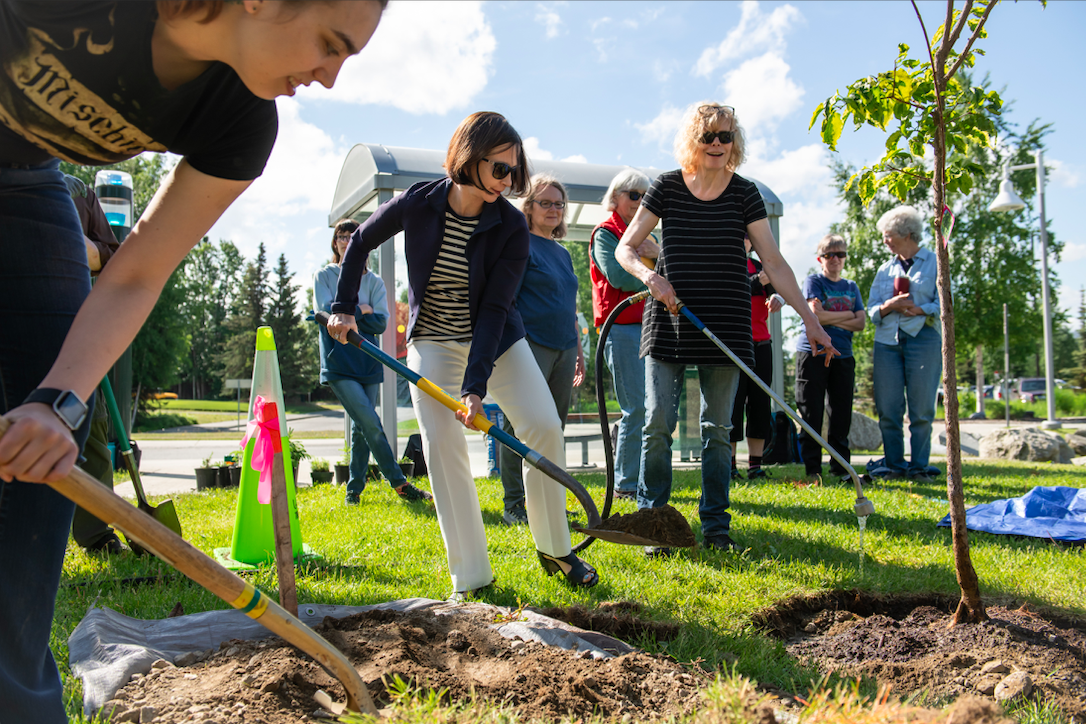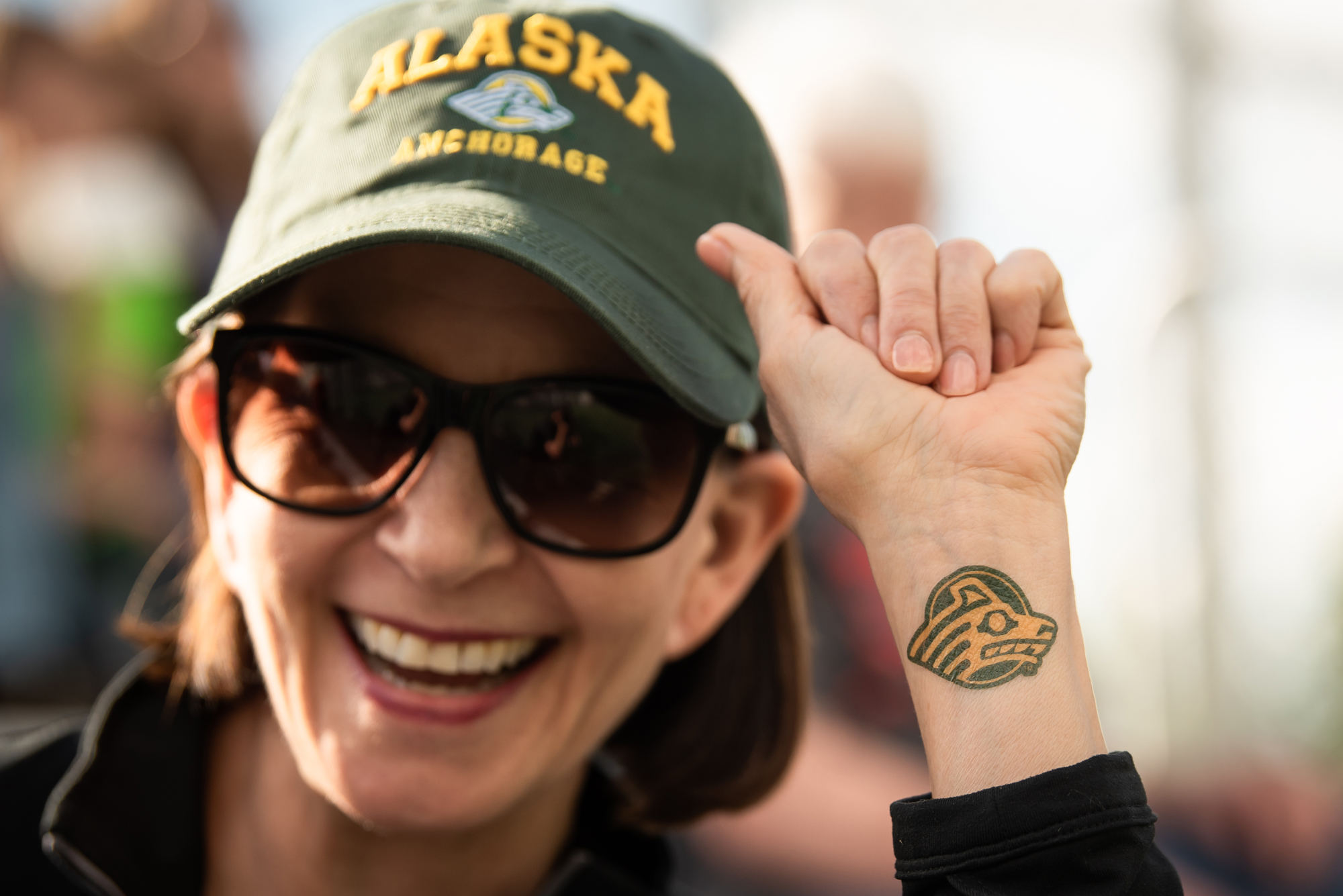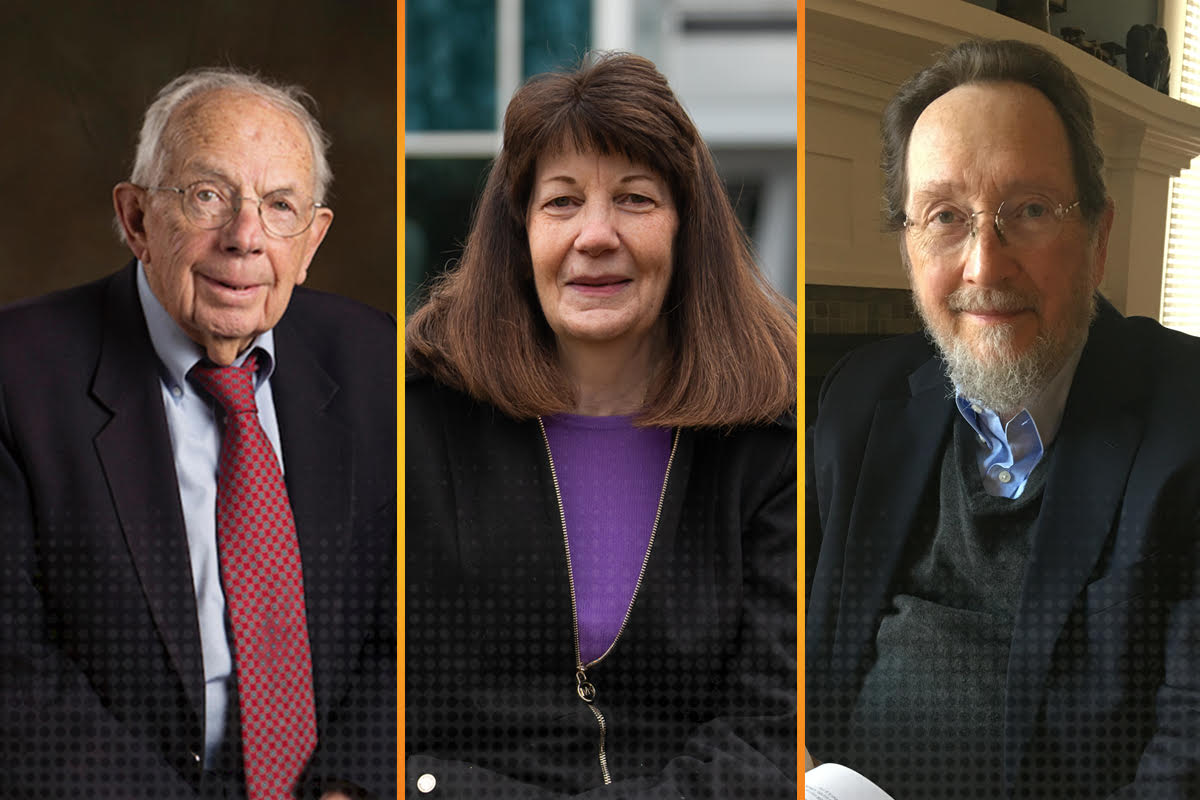College During COVID
by Catalina Myers |
A version of this story originally appeared in UAA Alumni Spirit magazine in November 2020. View the full magazine here.
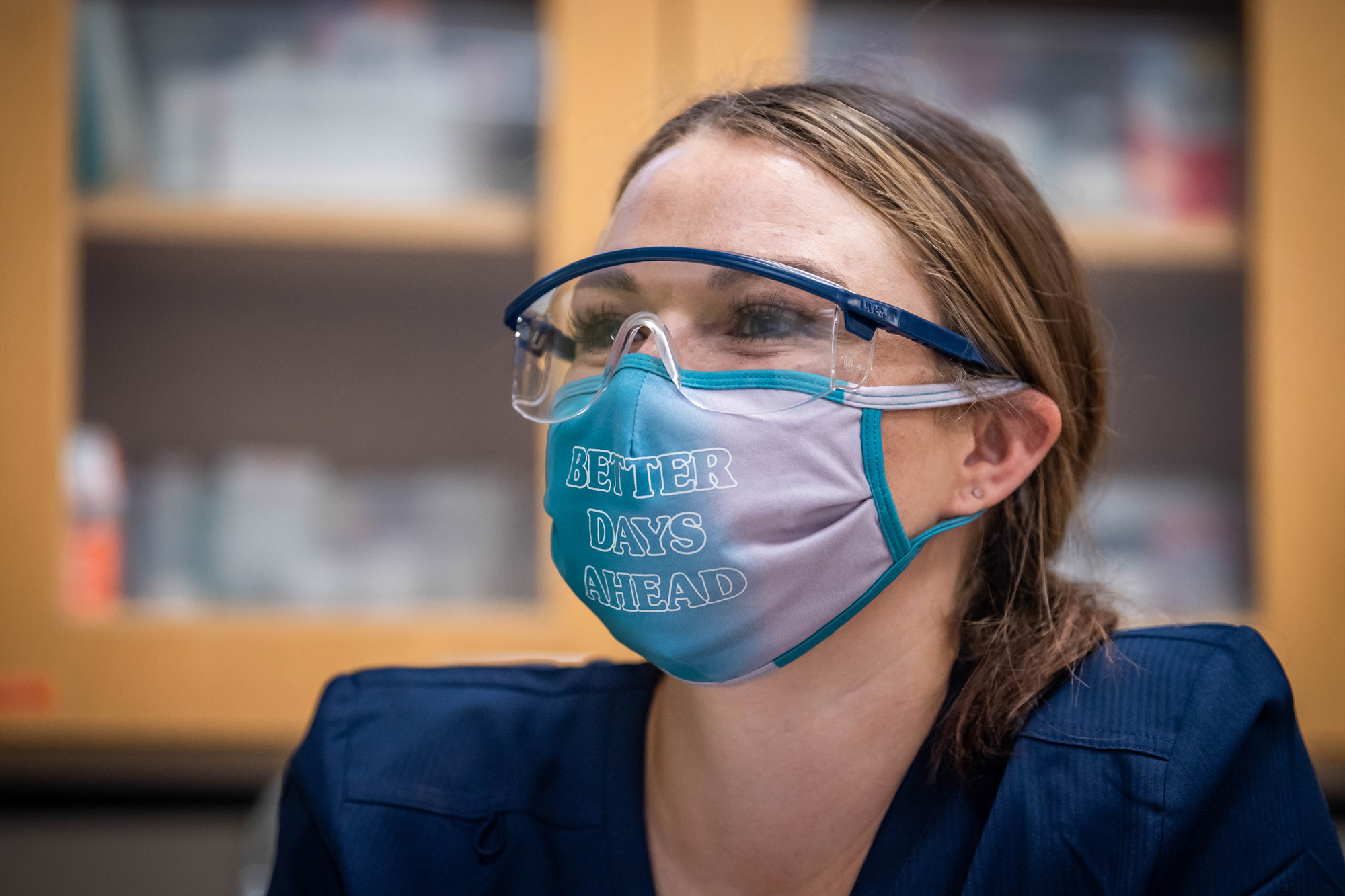
Coming together for student success
If there was a buzzword for 2020, “unprecedented” would be it. As the reality of the COVID-19 pandemic sunk in mid-March this year, UAA Chancellor Cathy Sandeen and senior administrators campus-wide mobilized quickly to change course for the remainder of the spring semester. It was a seismic shift, moving more than 14,000 students and over 1,000 faculty online to alternate course delivery, while also closing campus and transitioning more than 1,000 staff to work from home — all within a few weeks. But seismic shifts are not uncommon at UAA, and supporters from all corners of the university rallied together to aid the university’s students and ensure their success for spring semester. Chancellor Sandeen was able to quickly pivot to a new unprecedented learning and work model, where “Zooming” became the norm for classroom lectures, meetings and campus events.
Front of house / back of house
To students, their professors pulled off an unprecedented feat — taking an extra week of spring break and moving all their classes online. It was a monumental task, but UAA’s faculty transitioned their classes from the lecture halls to virtual classrooms in a week. Additionally, the university provided specialized training for faculty to ensure their virtual classes provided students with the same quality education they had experienced in the classroom.
For Corrie Whitmore, assistant professor in the Department of Health Sciences and program coordinator for the Bachelor of Science in the health sciences program, going “asynchronous,” — she recorded all of her lectures and posted assignments ahead of time — meant she could provide more flexibility to her students and avoid technical issues that may come up during a live lecture.
“For my students, this just made sense to try and dial the stress down and let them manage their own time,” said Whitmore in an April Green and Gold News interview.
While faculty and students learned the ropes of their new virtual classrooms, staff and administration were looking ahead toward the summer session, implementing rigorous cleaning protocols in campus buildings and laboratories and thinking about the one tough decision that was on everybody’s mind — would the pandemic be over in time for fall semester?
A virtual support network
In May, Chancellor Sandeen made the bold and tough choice — fall semester would be virtual, giving UAA administrators and staff a few short months to prepare an entire campus for virtual learning before classes resumed at the end of August.
To ensure student success, UAA developed many resources to help navigate college during a pandemic. The College During COVID page launched, providing students a one-stop-shop of virtual resources from the university’s policies and guidelines for COVID-19 safety to tips on how to study in their new, all-in-one living and study space.
UAA also invested additional resources, like CARES Act funding and financial support from donors to the Student Support Fund, which has provided more than 400 students with emergency support to cover unexpected financial costs.
“Sometimes students find themselves in a position where they don’t have the resources to solve these financial issues on their own,” said Bruce Schultz, UAA’s vice chancellor for Student Affairs. “We do whatever we can to help students persist and not let the chaos of the day get in their way.”
In addition, resources like the Seawolf Tracks mobile app provided students another opportunity to connect with peers and saw a 170% download increase for the fall semester. Newly launched in spring, Seawolf Mentor, a tech and peer-based mentoring program that has matched 450 mentors and mentees, allows students a way to learn from peers and ask questions about navigating college during an unprecedented time.
“What we want to do is connect students,” said Claudia Lampman, vice provost for Student Success, who stressed that this year, it was paramount every student feel connected to UAA, no matter what stage of college they were in.
Wait and see
Although no one has a magic eight ball to predict when the COVID-19 pandemic will end, or when students, faculty and staff can return to campus to resume their “normal” academic lives. For Chancellor Sandeen, she again, with the advice of experts in the field and support from senior administration and staff, had to make the tough call of spring semester being online.
She said she hopes that if the infection rate drops drastically or a vaccine is developed and widely distributed, the possibility of opening up campus slowly, safely and holding small in-person gatherings might be an option — but that’s a best-case scenario.
“UAA has the difficult task of balancing academic rigor with safety for its students, faculty and staff, the majority of whom are also members of the greater Anchorage community,” said Sandeen in a recent op-ed. “Rest assured the leadership of Anchorage’s Hometown U and the municipality will continue to work together to do the right thing for our campus community, our city and our state. We can and will get through this, together.”
 "College During COVID" is licensed under a Creative Commons Attribution-NonCommercial 4.0 International License.
"College During COVID" is licensed under a Creative Commons Attribution-NonCommercial 4.0 International License.










